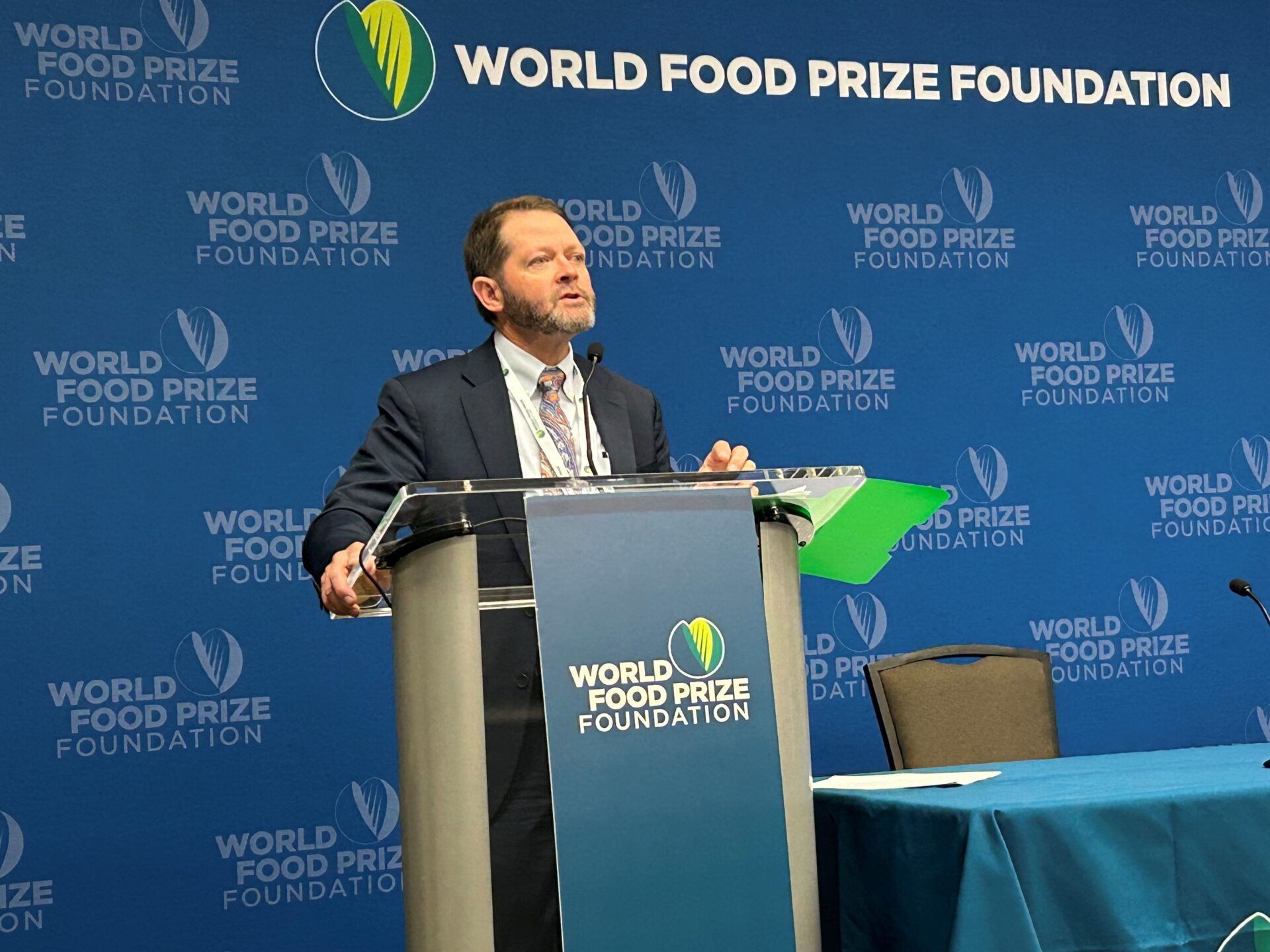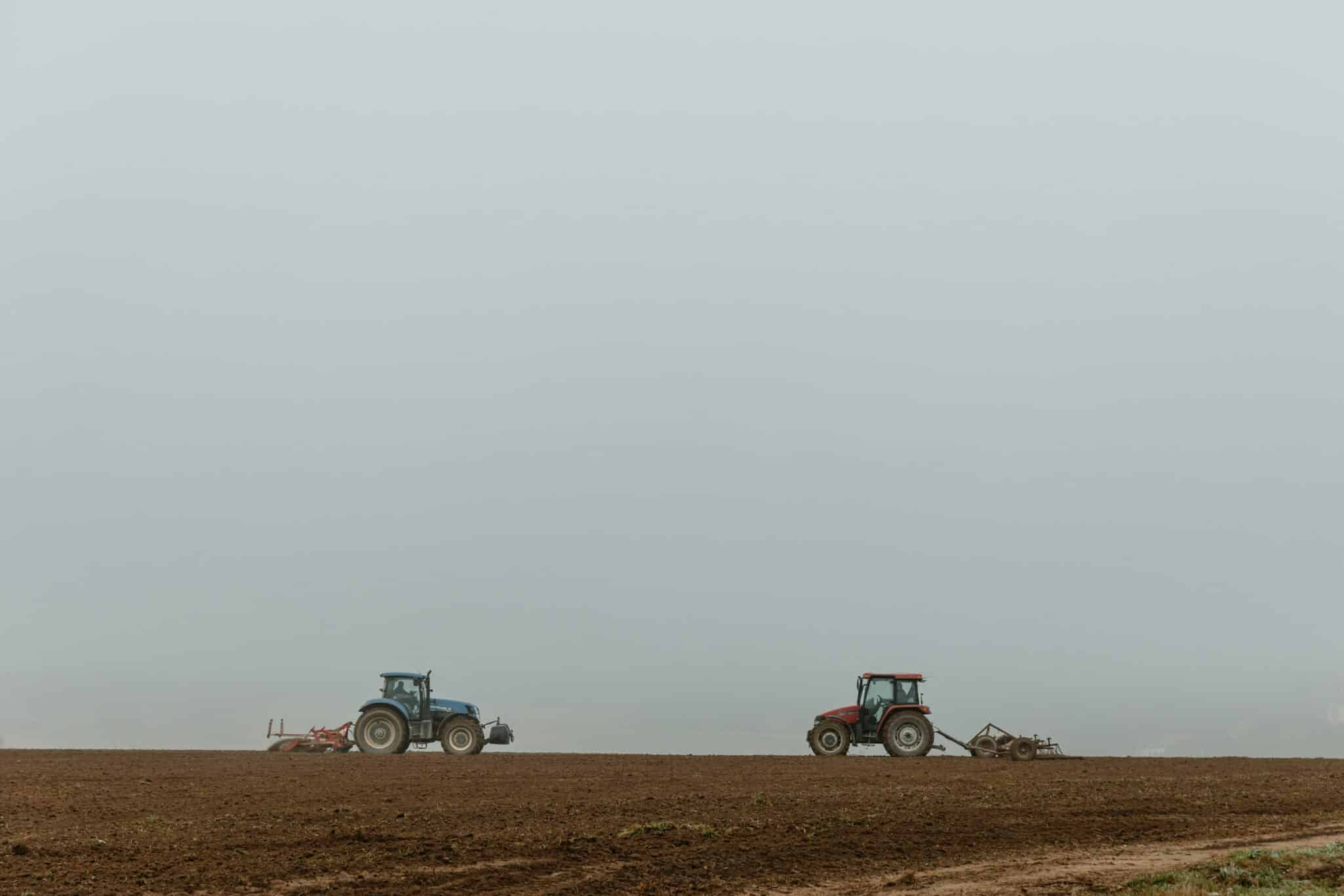Report on Agricultural Productivity and Sustainable Development Goals
Introduction: 2025 Borlaug International Dialogue
- The 2025 Borlaug International Dialogue focused on the critical issue of agricultural productivity.
- Insights were provided by Tom Thompson, Executive Director of the Global Agricultural Productivity (GAP) Initiative at Virginia Tech.
The Link Between Production Efficiency and SDG 2 (Zero Hunger)
- According to the report from the dialogue, rising agricultural input prices are creating a strong incentive for farmers to adopt more efficient production practices.
- This drive towards efficiency is a key mechanism for advancing Sustainable Development Goal 2, which aims to end hunger, achieve food security, and promote sustainable agriculture.
- Mr. Thompson stated that efficiency ensures “every seed you plant comes up when you need it to come up and where you need it to come up,” directly contributing to increased food production and stability.
Economic Challenges to SDG 12 (Responsible Consumption and Production)
- A significant challenge identified is the potential for high input costs and thin profit margins to disincentivize investment in agricultural innovation and technology.
- This economic pressure poses a risk to achieving the targets of SDG 12, as it may slow the adoption of advanced technologies necessary for sustainable production patterns.
- The report highlights a dual impact of current economic conditions:
- A short-term drive toward operational efficiency.
- A potential long-term barrier to capital investment in sustainable technologies.
Total Factor Productivity (TFP) as a Metric for Sustainable Progress
- The report emphasizes that sustainable agricultural productivity growth is a primary method for meeting both global food demand and environmental goals.
- Virginia Tech’s Total Factor Productivity (TFP) measurement was presented as a crucial metric for tracking progress. TFP increases when farmers produce more output while using the same or fewer inputs.
- An increase in TFP directly supports several Sustainable Development Goals:
- SDG 1 (No Poverty): Boosts farmer income.
- SDG 2 (Zero Hunger): Reduces overall food prices, increasing access.
- SDG 12 (Responsible Consumption and Production): Achieves more with less, embodying sustainable production.
- SDG 13 (Climate Action) & SDG 15 (Life on Land): Conserves natural resources and reduces the environmental footprint of agriculture.
1. Which SDGs are addressed or connected to the issues highlighted in the article?
The article on agricultural efficiency and sustainability connects to several Sustainable Development Goals (SDGs) by focusing on the intersection of food production, economic viability for farmers, environmental conservation, and technological innovation. The following SDGs are addressed:
-
SDG 2: Zero Hunger
This is the most prominent SDG in the article. The entire discussion revolves around “agricultural productivity” and “sustainable ag productivity growth” as essential approaches to “meeting agricultural demand.” This directly supports the goal of ending hunger, achieving food security, and promoting sustainable agriculture.
-
SDG 12: Responsible Consumption and Production
The article’s core theme of efficiency—defined as producing “more output while using the same or fewer inputs”—directly aligns with SDG 12. This goal emphasizes the sustainable management and efficient use of natural resources. The article explicitly links increased productivity to “conserving natural resources,” which is a key component of this SDG.
-
SDG 8: Decent Work and Economic Growth
The economic well-being of farmers is a key issue. The article mentions that increased productivity can lead to “boosting income” but also notes the challenge of “razor thin margins” that can disincentivize investment. This connects to SDG 8’s aim to promote sustained, inclusive, and sustainable economic growth and achieve higher levels of economic productivity.
-
SDG 9: Industry, Innovation, and Infrastructure
The article highlights the role of technology and innovation in achieving productivity gains. It mentions the importance of “investing in advanced technology” and “ag productivity innovations.” This relates to SDG 9’s focus on fostering innovation and upgrading the technological capabilities of economic sectors, including agriculture.
2. What specific targets under those SDGs can be identified based on the article’s content?
Based on the issues discussed, several specific SDG targets can be identified:
-
Target 2.3: Double the agricultural productivity and incomes of small-scale food producers
The article directly addresses this target by focusing on increasing “agricultural productivity” and “farm efficiency.” The mention of “boosting income” for farmers as a positive outcome of increased productivity reinforces this connection.
-
Target 2.4: Ensure sustainable food production systems and implement resilient agricultural practices
The article’s emphasis on “sustainable ag productivity growth” as a method to meet both “agricultural demand and environmental goals” aligns perfectly with this target. The practice of producing more with fewer inputs is a cornerstone of sustainable and resilient agriculture.
-
Target 12.2: Achieve the sustainable management and efficient use of natural resources
This target is directly supported by the article’s central concept of efficiency. The description of the Total Factor Productivity (TFP) measurement—which “increases when farmers produce more output while using the same or fewer inputs”—is a practical application of this target, aimed at “conserving natural resources.”
-
Target 8.2: Achieve higher levels of economic productivity through diversification, technological upgrading and innovation
The article points to “ag productivity innovations” and “advanced technology” as key drivers for efficiency. The concern that low margins could “disincentivize producers from investing” in these technologies highlights the importance of innovation for economic productivity, as outlined in this target.
3. Are there any indicators mentioned or implied in the article that can be used to measure progress towards the identified targets?
Yes, the article explicitly mentions one key indicator and implies others that can be used to measure progress:
-
Total Factor Productivity (TFP)
This is an explicitly mentioned indicator. The article states, “Virginia Tech’s Total Factor Productivity measurement, or TFP, increases when farmers produce more output while using the same or fewer inputs.” TFP is a comprehensive metric that can be used to track progress towards Target 2.3 (agricultural productivity) and Target 12.2 (efficient use of resources).
-
Farmer Income
This is an implied indicator. The article discusses the goal of “boosting income” and the economic pressure of “razor thin margins.” Measuring changes in farmer income would be a direct way to assess progress towards Target 2.3, which aims to double the incomes of food producers.
-
Food Prices
This is an implied indicator of the broader societal impact of agricultural productivity. The article mentions that efficiency gains contribute to “reducing food prices.” Tracking food price indices can serve as a measure of how agricultural productivity is contributing to food security and affordability for consumers.
-
Rate of Investment in Agricultural Technology
This is an implied indicator related to innovation. The article expresses concern that financial pressures could “disincentivize producers from investing in ag productivity innovations.” Therefore, tracking the level of investment in advanced agricultural technology can be a proxy indicator for progress towards Target 8.2 and Target 9.5 (which encourages innovation).
4. Create a table with three columns titled ‘SDGs, Targets and Indicators” to present the findings from analyzing the article.
| SDGs | Targets | Indicators |
|---|---|---|
| SDG 2: Zero Hunger | Target 2.3: Double the agricultural productivity and incomes of small-scale food producers.
Target 2.4: Ensure sustainable food production systems and implement resilient agricultural practices. |
|
| SDG 12: Responsible Consumption and Production | Target 12.2: Achieve the sustainable management and efficient use of natural resources. |
|
| SDG 8: Decent Work and Economic Growth | Target 8.2: Achieve higher levels of economic productivity through technological upgrading and innovation. |
|
| SDG 9: Industry, Innovation, and Infrastructure | Target 9.5: Enhance scientific research, upgrade the technological capabilities… encouraging innovation. |
|
Source: brownfieldagnews.com







